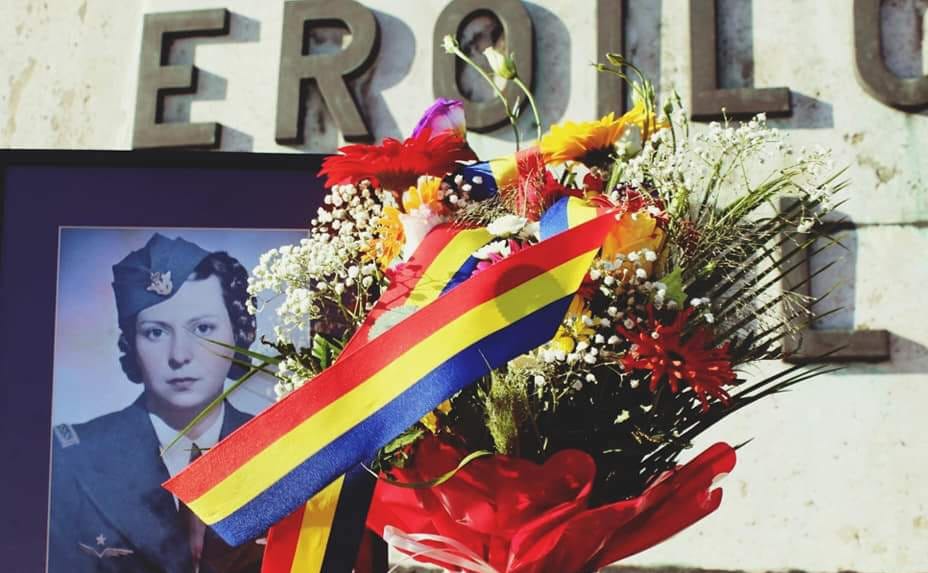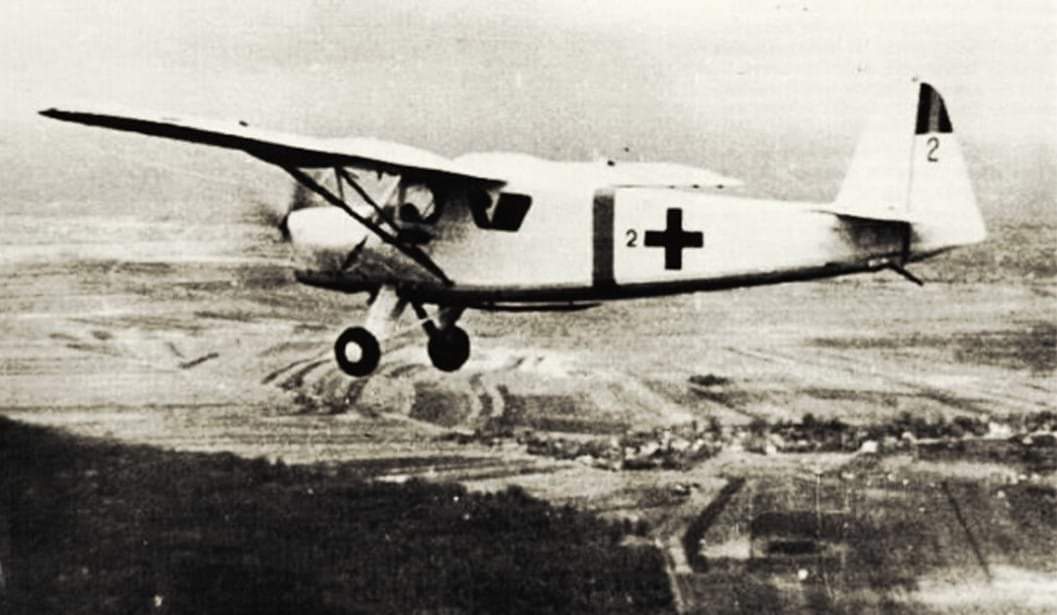
Born on September 7, 1912 in Craiova, Dolj County, Mari-Ana Dragescu attended primary and secondary school in Lugozh. She entered the faculty of physical education and studied for a short time, but was forced to drop out because the family could not cover the costs of university education.
Patented in 1935 at the Mircea Cantacuzino aviation school, in one series with Marina Shtirbey and composer Ionel Fernik, she began working – after receiving the patent – at the Romanian Aero Club. At the same time, she secured the status of a pilot, perfecting the art of piloting.
In 1938, Mariana Dregescu was among five female aviators who participated in the first military maneuvers for the Romanian army. Together with Iryna Burna, Maryna Shtirbey, Nadia Russo and Virginia Ducescu from Gorzhan, she performed transport and communication missions.
In early 1939, Mariana Dragescu was able to purchase her long-awaited aircraft, a Messerschmitt Me-35B with a 150 hp engine, registered as YR-MAR, which, along with other private aircraft, was destroyed on April 4, 1944, when the hangar in which it was contained, suffered the first major American bombing of Bucharest.

Mariana Dregescu (Photo: Archives of the Pleniceanu Cultural and Historical Association 2021)
In the same year, he passed the courses of the Flight School without visibility, and the following year, the courses of pilot-instructors. As the prestigious magazine Romania Aeriana wrote, “all school and tourist devices that existed until then in our civil aviation appeared in her flight book.”
In June 1940, he made his debut in the medical squadron along with Nadia Russo, Virginia Ducescu and Virginia Thomas. When Romania entered the war on June 22, 1941, a medical squadron was sent to the war zone, then called the “White Squadron” of the famous journalist and writer Curzio Malaparte.
The role of pilots and airmen in this aviation unit was to transport the wounded from the front-line area to field hospitals or to the country. Even though it was resubordinated and redeployed, the squadron operated until the end of the war, much to the surprise of many Romanian units in Slovakia.
On board her plane, Mariana Dregescu contributed to saving the lives of more than 1,500 soldiers. She was the first Romanian woman to cross the borders of Vienna, recently captured by Soviet troops.
For her merits and special contribution to the defense of the country, Mariana Dregescu was awarded numerous awards and medals: the Order of Aviation Merit, the Golden Cross. Order of Airborne Virtue, Golden Cross (September 27, 1941), “because from the beginning of the campaign, in all weathers and under all conditions, often exposed to enemy shells, they evacuated by air the seriously wounded on the front line to the interior zone, saving precious lives.

Mariana Gregescu (photo source: National History Museum of Romania)
Their activities were also carried out for the benefit of our allies”; Order of Aviation Merit Golden Cross with 2 stripes (1941); Military Order of Aviation Merit, Golden Cross of a degree, with clasp (1944); Order of the “German Eagle” III degree (1942); Order “Crucea Regina Maria” 3rd degree (1943).
From heroin to a typist at Policlinica CFR
After the war, she was considered a civilian pilot and transported drugs to combat the typhus epidemic in Moldova. Her contribution was recognized by Florika Baghdasar, then Minister of Health. In 1949, he became a pilot at the Gimbav school. After 1955, she permanently retired from aviation, worked as a typist at Policlinica CFR, later retiring in 1967.
The security tried to recruit her as an informant, but gave up after 6 months because she was “useless” for their purposes.
After 1989, her merits were recognized, and she was assigned to the army with the rank of lieutenant (r). In 2003, he received the national order “Star of Romania” in the rank of knight. When she turned 100 years old, she was awarded the rank of commander (p).
Mariana Dregescu died in 2013, with the same modesty with which she lived, a life that, as Air Flotilla General Ion Dobran said, “began in 1912 in the service of an idea, a flight she passionately served on its way to the dawn,” concluding White squadron in the sky.

Photo in honor of: Association of Historical Reconstructions of Ferdinand I
Seven years of oblivion followed, although she was always mentioned in the press and in books, her grave at the Gencha III military cemetery, it is difficult to call her a place of eternal rest, long years without a cross, without military honors. thanks to the one who wrote whole lines on the pages of Romanian aviation history.
Today, on the initiative of the “Plenicanu” Cultural and Historical Association and the “Ferdinand I” Historical Reconstruction Association, the cross and the plane’s propeller blade guard the eternal sleep of the brave pilot.
- Read also: Who was Virginia Ducescu, the elite pilot of the White Squadron: arrested by the communists, she went into flight
Source: Hot News RO
Robert is an experienced journalist who has been covering the automobile industry for over a decade. He has a deep understanding of the latest technologies and trends in the industry and is known for his thorough and in-depth reporting.